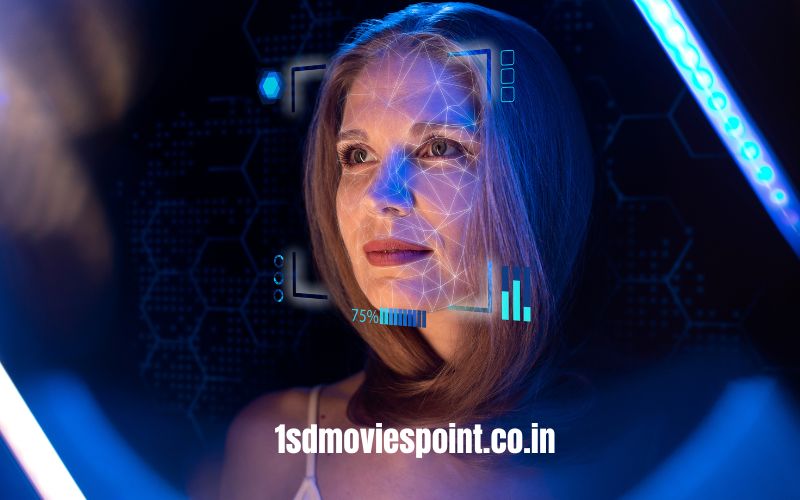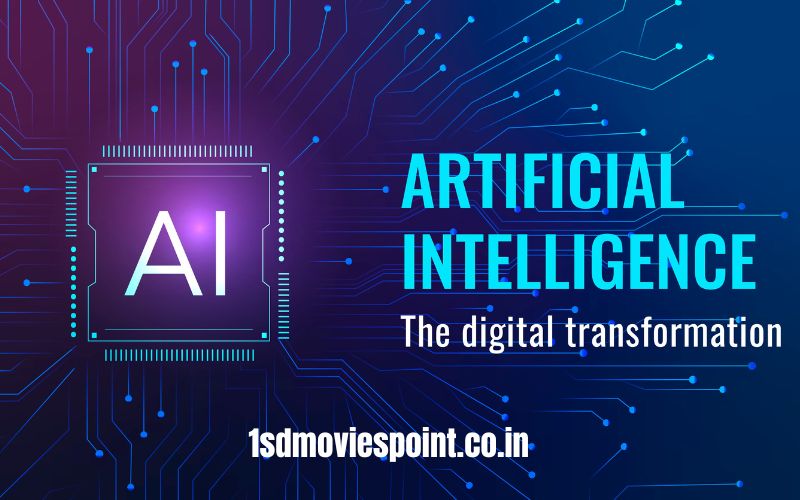Eye tracking software is a cutting-edge technology that captures and analyzes where and how people focus their gaze. By measuring eye movement patterns, this software helps us understand human behavior, enabling advancements in numerous fields like healthcare, gaming, marketing, and education. With rapid advancements in technology, eye tracking software is becoming more accessible, reliable, and valuable for both businesses and researchers.
Key Points:
- Eye tracking software monitors and records eye movements.
- It is used in industries like gaming, marketing, and healthcare.
- It provides valuable insights for improving user experiences.
How Does Eye Tracking Software Work?
Eye tracking software uses advanced algorithms and sensors to detect eye movements. Typically, it involves cameras, infrared lights, and specialized software to track the position of the pupil and cornea. Here is a simple breakdown of how it works:
- Pupil Detection: The software detects the user’s pupil using infrared light reflections. Cameras record these reflections in real-time.
- Gaze Mapping: The position of the pupil and cornea is analyzed to determine the exact point where the user is looking.
- Data Analysis: The software processes this data to provide visual heatmaps and insights about user behavior.
For example, marketers use eye tracking to identify which parts of an advertisement attract the most attention, while gaming companies use it to create immersive experiences.
Note: Eye tracking application requires proper calibration to ensure accuracy.
What Are The Benefits of Eye Tracking Software?
Eye tracking application provides numerous advantages, making it a valuable tool across industries. Some of the key benefits include:
- Enhanced User Experience: Businesses can understand user preferences and improve website or product designs accordingly.
- Improved Accessibility: Eye tracking helps people with disabilities control devices using their gaze.
- Better Marketing Strategies: Marketers can design more effective advertisements by analyzing what captures users’ attention.
For instance, healthcare professionals use this technology for early detection of neurological disorders, while educators use it to develop personalized learning experiences for students.
Reminder: Ensure ethical use of eye tracking data to maintain user privacy.
Which Industries Benefit From Eye Tracking Software?
Eye tracking software has found applications in multiple industries. Below are some examples:
| Industry | Application |
| Gaming | Creating immersive experiences and real-time interactions |
| Marketing | Analyzing customer behavior and improving ad designs |
| Healthcare | Diagnosing neurological conditions |
| Education | Understanding learning patterns and improving methods |
In gaming, for example, eye tracking allows players to aim or interact with the environment using only their gaze, making games more engaging.
How To Choose The Best Eye Tracking Software?
Choosing the right eye tracking application depends on several factors. Here are some important considerations:
- Accuracy and Calibration: Ensure the software provides precise tracking and is easy to calibrate.
- Compatibility: Check if it works seamlessly with your existing devices and operating systems.
- Features and Customization: Look for features like real-time analysis, heatmaps, and data export options.
Below is a comparison table to help you make an informed decision:
| Feature | Software A | Software B |
| Accuracy | High | Moderate |
| Price | Expensive | Affordable |
| Ease of Use | Complex | User-friendly |
For instance, researchers may prioritize accuracy, while educators might focus on ease of use and affordability.
What Are The Limitations Of Eye Tracking Software?
Despite its benefits, eye tracking software has some limitations:
- Cost: Advanced eye tracking systems can be expensive, making them inaccessible for smaller businesses or individual users.
- Lighting Conditions: Poor lighting can affect the accuracy of the software.
- Privacy Concerns: Misuse of eye tracking data can lead to ethical issues.
For example, in marketing, collecting eye tracking data without user consent can breach privacy laws, leading to trust issues and legal complications.
Conclusion
Eye tracking software is revolutionizing how we understand human behavior. From creating immersive gaming experiences to diagnosing medical conditions, its applications are vast and impactful. However, it’s important to consider its limitations, such as cost and privacy concerns, when implementing this technology. With continuous advancements, eye tracking application is set to become even more accessible and transformative in the future.
FAQ’s
- What Is Eye Tracking Application Used For? Eye tracking application is used to monitor and analyze eye movements, providing insights into user behavior for industries like gaming, healthcare, and marketing.
- How Accurate Is Eye Tracking Application? The accuracy of eye tracking application depends on factors like calibration, lighting conditions, and the quality of sensors used.
- Is Eye Tracking Application Expensive? Prices vary widely; advanced systems can be costly, but affordable options are available for basic needs.
- Can Eye Tracking Software Be Used For Medical Purposes? Yes, it’s used in healthcare to diagnose conditions like autism, ADHD, and neurological disorders.
- What Are The Ethical Concerns With Eye Tracking Application? Ethical concerns include data privacy, consent for data collection, and potential misuse of the insights gathered.


